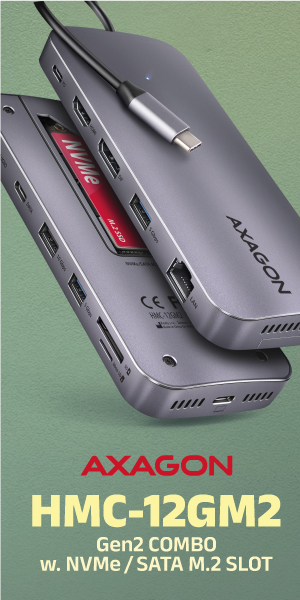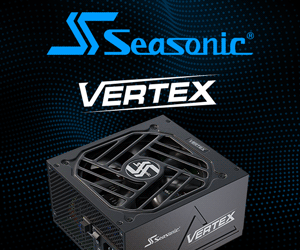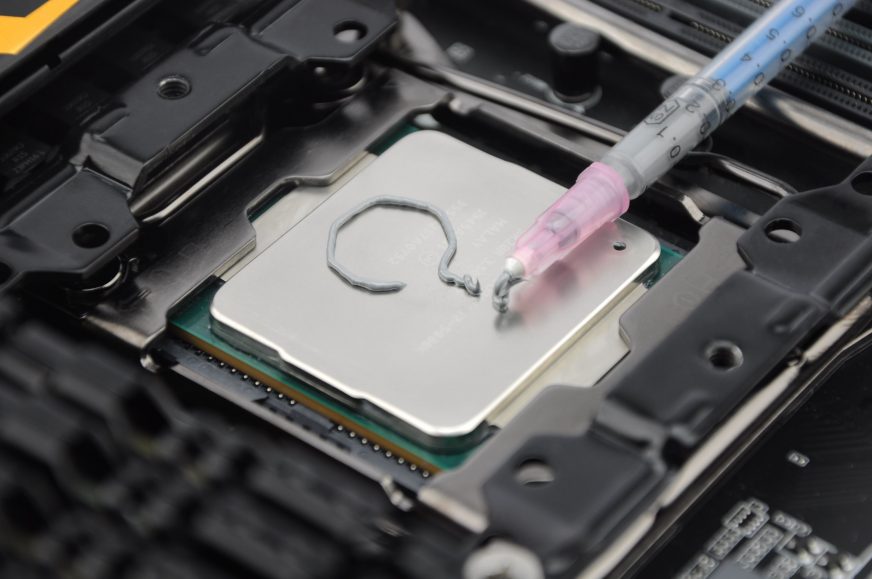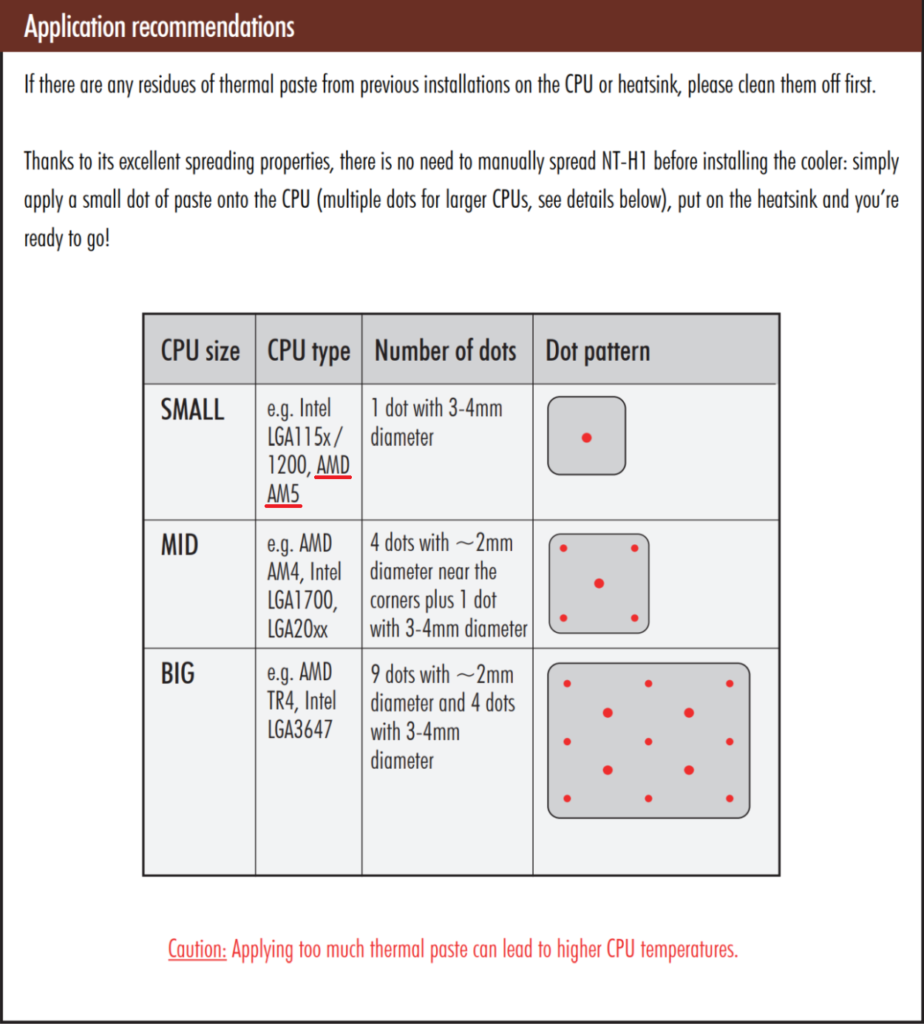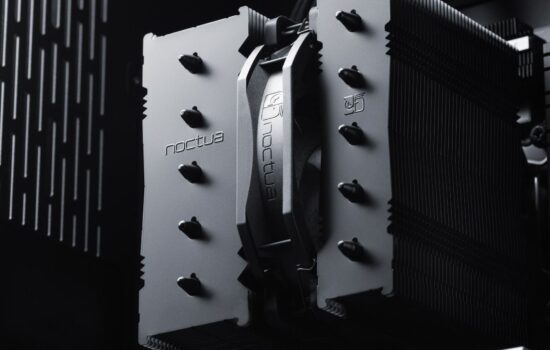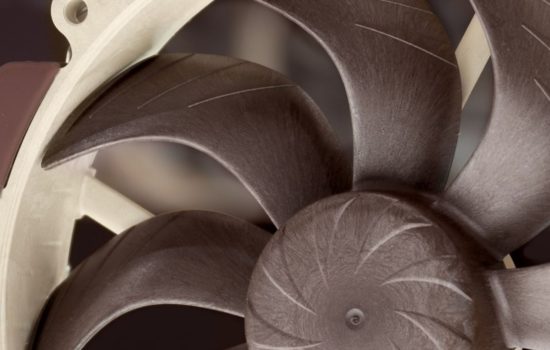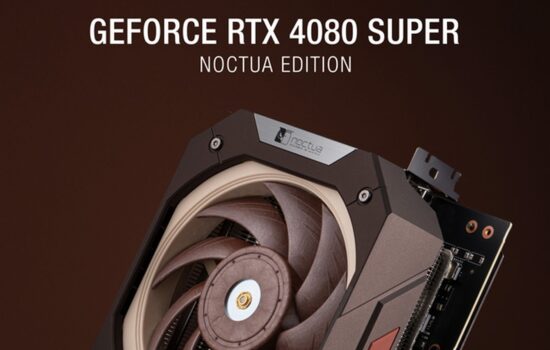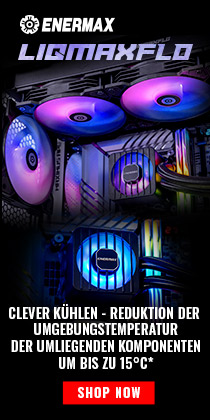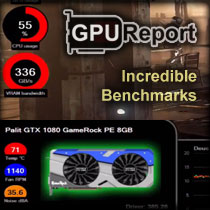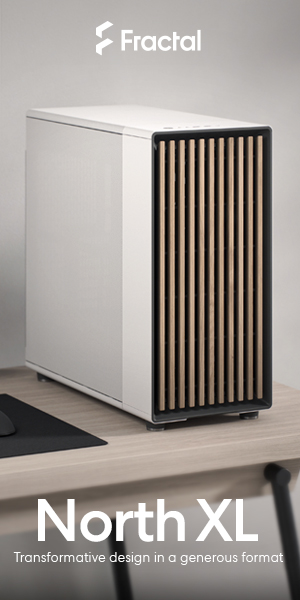New IHS, new challenges in the search for optimal thermal paste applying techniques
With the new generation of AMD processors (Ryzen 7000), the shape of the heatspreader (IHS) is changing after an extremely long time. It is also significantly different compared to Intel processors, and this again creates room for debate on what the most sensible technique for applying thermal paste should look like. One suggestion has already appeared, in the manual for the Noctua NT-H1 and NT-H2 pastes.
Ever since AMD went back to using a heatspreader for its processors (with the Athlon 64), it has stuck to the same shape, a square with rounded corners. This is coming to an end with the advent of the AMD Ryzen 7000 processors and the AMD AM5 platform. After almost twenty years.
The heatspreader, which will replace the existing one, has a rather non-standard shape. Instead of the typical straight edges, there are teeth, protrusions or cut-outs. Whatever the case, this polygonal geometry is very different from anything we have encountered before. Related to this is the different approach when it comes to thermal paste application.
Leaving aside the specific technique, one thing is common to all possible applications. Namely, that the contact area is significantly smaller not only compared to Intel processors for the LGA 1700/18xx platform, but also to processors of the AMD AM4 platform. This despite the fact that the PCB dimension remains the same. The smaller area is due to the IHS die cuts that AMD has used to create space for SMDs. There are more of them on processors for AMD AM5 socket. Until now they fit under the IHS, now they are also around it. And judging by the number of SMD-equipped pins, there may be quite a few, although the first processor models (Ryzen 5 7600, Ryzen 7 7700X, Ryzen 9 7900X and Ryzen 9 7950X) don’t use all of them.
Either way, when thermal paste is applied ineptly, it can cause overflow and, at best, at least thermal insulation of the electrical components on the PCB. With liquid metals, an even worse story eventually emerges.
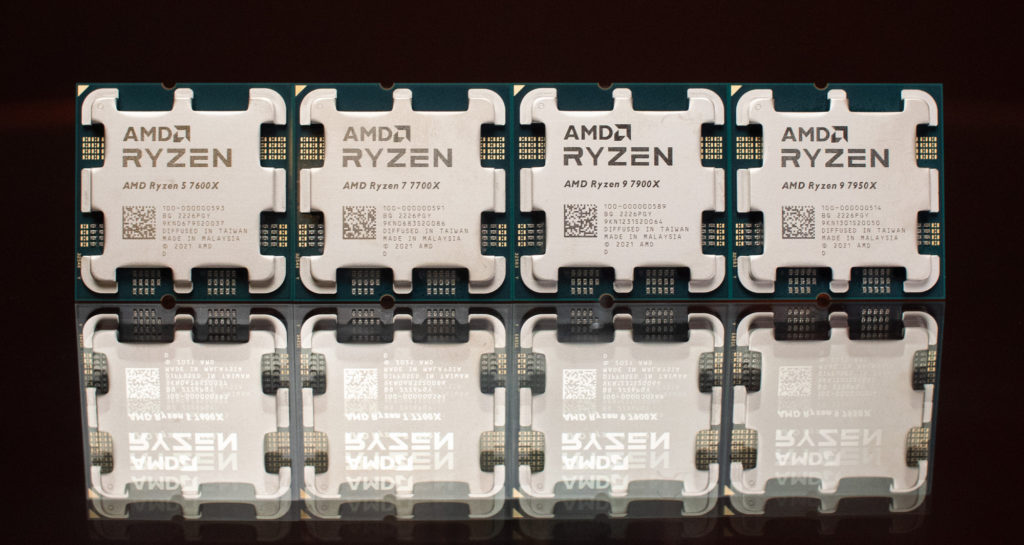
For the utmost elegance in thermal paste application, Noctua has updated its NT-H1 and NT-H2 thermal paste user guides in advance, which now includes a recommended application for AMD AM5 platform processors. It still stays with the droplet method, but instead of one larger one in the middle and four smaller ones in the corners (AMD AM4/Intel LGA 1700) there is only one larger one in the middle of the IHS in the illustration.
The contact area of AMD AM5 processors is significantly smaller. If you ignore the protruding parts of the heatspreader and leave only a square, it is about a third smaller than in previous generations of AMD processors. For these, Noctua also recommended smaller droplets in the corners. This is also considering the convex bases of Noctua heatsinks, which exert more pressure in the center for more intense heat transfer than in the corners. In them, Noctua has so far recommended smaller droplets to eliminate “dry” spots without paste, which are not very suitable for the new conditions (on Ryzen 7000 and next-gen processors from AMD AM5 onwards). I mean, they don’t fit in terms of potential paste overflow onto SMDs.
Covering the IHS with paste in the corners will be more important than ever on these processors, especially at the top end. The layout of the chiplets and I/O chip is identical and the CCD area is also similar (although slightly smaller, probably 71 mm2). These will be very close to the edge of the IHS though, where different areas may be covered across the paste applications that scale with the chips themselves. Depending on this, there may naturally be different cooling efficiencies, which we will certainly be looking at in detail in the tests.
In any case, Noctua states that a 3–4mm diameter drop on the center of the IHS should be optimal, which will be spread over the surface when the cooler is mounted. However, it should be added here that Noctua makes these recommendations with respect to their coolers with certain base specifics, and for other types of bases (such as DHT, where thinner strips of paste along the heatpipe may be more effective) this may not be the optimal solution. Still, the same application method is recommended for both Noctua pastes, the thicker NT-H1 and the thinner NT-H2.
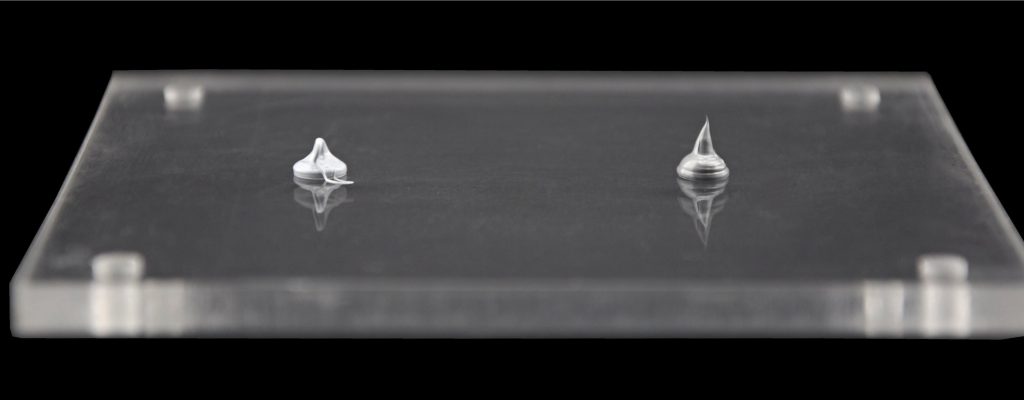
In terms of viscosity, there’s a lot of competition among these pastes as well, so when combined with a cooler with a similar base type to what Noctua leads with (full block, center convexity, gentle roughening with concentric arcs), the same guidance is offered.
English translation and edit by Jozef Dudáš



